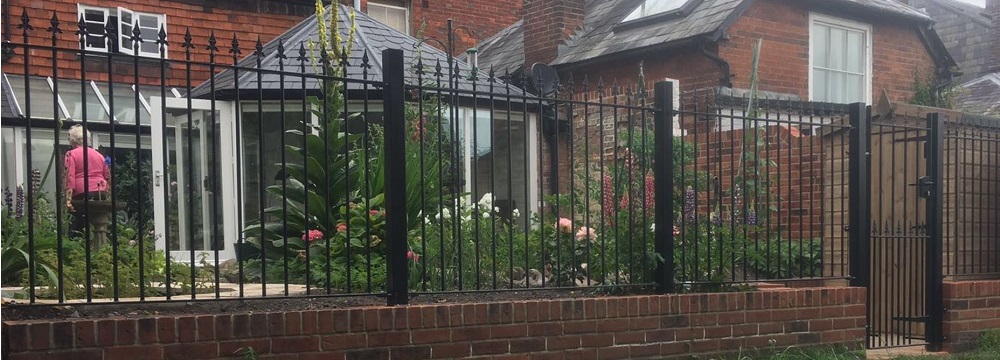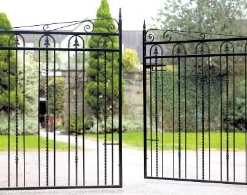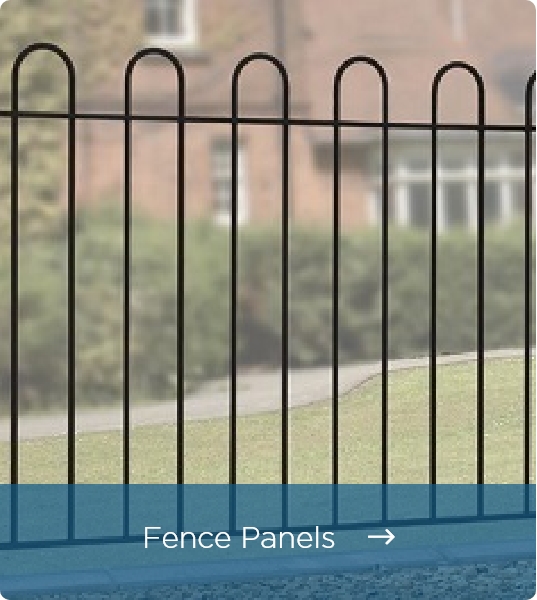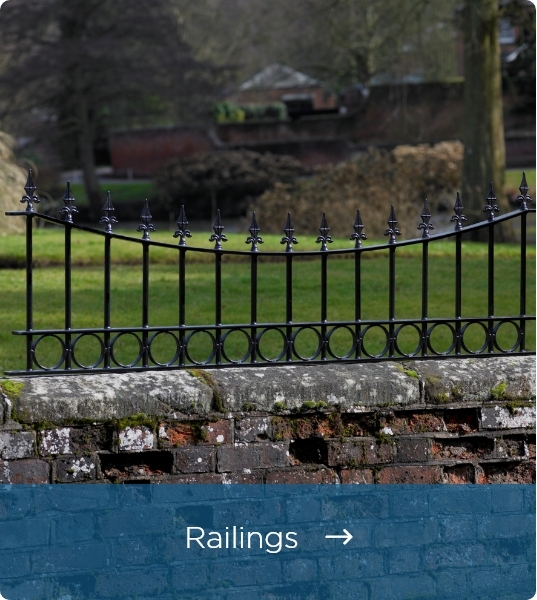The Impact of Residential Fencing on Wildlife
Although residential fencing is an excellent way for property owners to add security and privacy to their gardens, it can cause an unintentional threat to local wildlife. In this article, we look at the potential ecological impacts it can have and provide advice so you can strike a balance between your security needs and the requirements of the local wildlife.
Potential Issues Caused
Physical Harm
In some instances, when an animal attempts to navigate through or over a fence, it can lead to entanglement or suffering physical injuries. For example, a fox may become trapped between the bars of a metal fence, birds may collide with chain link fencing if the material is not visible against the landscape, and smaller animals such as hedgehogs or small mammals can get trapped beneath the gap of a wooden fence panel if they try to squeeze beneath it.
Obstruction of Movement
Due to the need for more and more housing, properties are increasingly built in locations where the local wildlife have for years used it as a route for movement when they search for food, water, mates, or shelter. When this happens, developers and builders will invariably install impassable fencing, which will obstruct this movement and ultimately obstruct access to various habitat types for wildlife.
Fragmentation of Habitat
Solid-boarded residential fencing contributes to habitat fragmentation. This is because it unintentionally divides areas of suitable habitat and, in some cases, can lead to a decline in animal populations. Consequently, this can, in the long term, result in a steady decrease in the biodiversity of species.

Potential Solutions
With a basic understanding of the wildlife habits within your area and some innovative thinking, it is possible to mitigate the effects of residential fencing by following means.
Consider Wildlife-Friendly Fencing
Installing a fence with a reduced height will allow larger animals (such as deer and foxes) to jump over. Alternatively, if you are in an urban environment, consider using a type of fence with gaps between the panels. A good example of this is a metal fence panel (as shown below) or metal railings as the spacing between the bars is usually around 100mm allowing plenty of room for safe passage for species such as rabbits and hedgehogs.
Incorporate Passageways in Fence Design
If it is not possible to install fencing with gaps between the components because you feel it may compromise the security of your property, consider incorporating ground-level wildlife corridors. Doing so would allow small animals to take advantage of the openings, enabling them to move freely between neighbouring properties.
Natural Barriers
Although installing a new fence will have instant results, there are better options for the area's biodiversity. Consequently, another alternative means of securing your property in a more natural way is by installing shrubs, trees, or a hedgerow. These create a softer, more wildlife-friendly boundary and provide habitat, food, and shelter for various animal species.

Final Thoughts
We trust that you have found the above information interesting and helpful and hope that it has raised awareness of the problems associated with residential fencing. By adopting responsible practices, homeowners can take small steps to reduce their negative impacts thus contributing to the ecology and biodiversity of our neighbourhoods.





